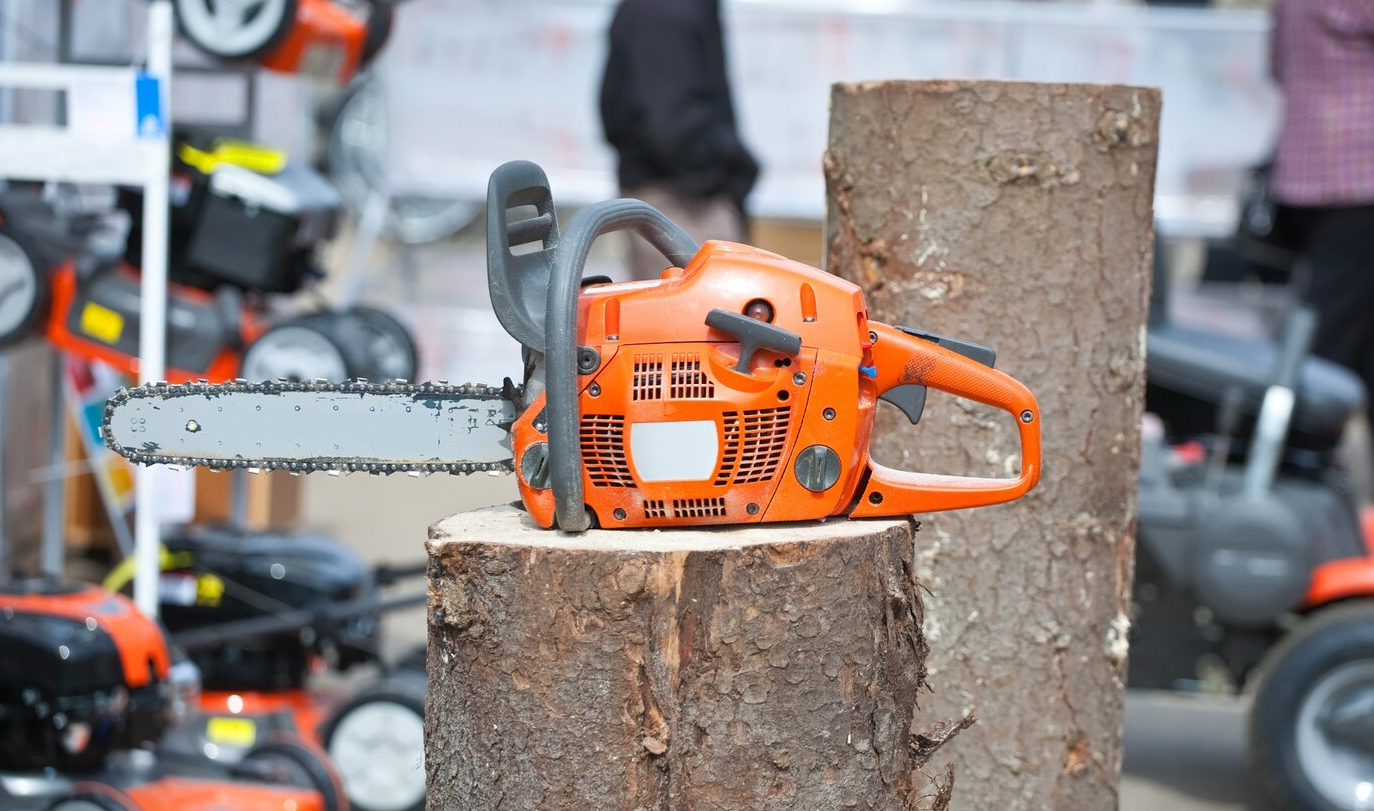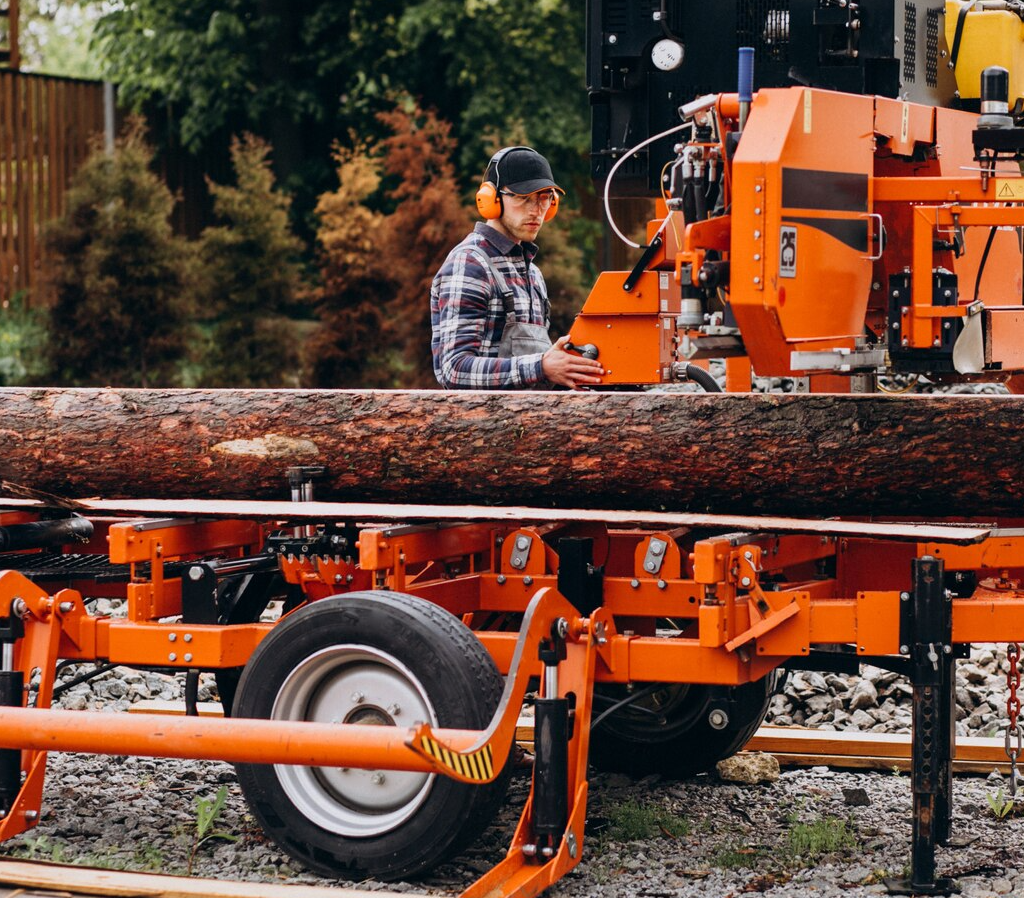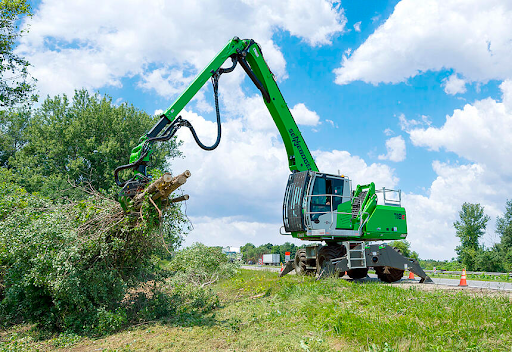Professional Tree Removal Equipment
Cutting down a tree may appear to be an easy job at first, but it’s far more complicated than it seems. To do it safely and efficiently, professionals rely on specialized tools. Let’s explore the essential tree removal equipment, their uses, and how they ensure safety and precision.
Understanding Professional Tree Removal Equipment
Tree removal is not just about cutting down a tree; it involves careful planning, precise execution, and proper tools. Using inadequate equipment can result in personal injury, damage to property, or incomplete tree removal.
Essential Equipment for Safe Tree Removal
Chainsaws: The Workhorse of Tree Removal
Chainsaws are indispensable for tree removal.
Types of Chainsaws: Gas-powered chainsaws offer power and efficiency, while electric chainsaws are quieter and environmentally friendly.
Choosing the Right Chainsaw: Select a chainsaw with sufficient power for the tree’s size and ensure it has safety features like chain brakes and anti-vibration systems.
Pole Saws for Precision Cutting
Pole saws are perfect for trimming branches in hard-to-reach areas.
Features and Benefits: Their extended reach makes them ideal for maintaining control while working from the ground.
Best Practices: Always inspect the saw before use and maintain a secure footing while operating.
Wood Chippers: Managing Debris Efficiently
Wood chippers help dispose of branches and logs by turning them into mulch.
Why Wood Chippers Are Essential: They reduce waste volume significantly, making disposal easier.
Key Specifications: Look for chippers with adjustable blade speeds and sufficient horsepower for the job.

Stump Grinders for Finishing the Job
Stump grinders remove tree stumps completely.
How Stump Grinders Work: These machines grind stumps into small wood chips.
Safety Tips: Wear protective gear and follow the manufacturer’s guidelines to avoid accidents.
Safety Gear: Protecting the Operator
Helmets and Face Shields
Head and face protection are critical when working with sharp tools and falling debris.
Importance: Prevents head injuries from falling branches.
Choosing Durable Face Shields: Look for shields made from impact-resistant materials.
Protective Gloves and Boots
Durable gloves and boots provide essential protection.
Features to Look For in Gloves: Choose cut-resistant materials for optimal safety.
Slip-Resistant Boots: These boots ensure a firm grip on uneven surfaces.
Climbing Harnesses and Ropes
For high-altitude tasks, climbing equipment is indispensable.
When to Use: Ideal for pruning tall trees or cutting higher branches.
Safety Measures: Ensure harnesses and ropes are inspected regularly for wear and tear.
Heavy-Duty Equipment for Large Projects
Cranes and Lifts
Large-scale tree removal often requires heavy-duty machinery.
Applications: Cranes are used to lower large branches safely, while lifts provide access to tall trees.
Cost Considerations: These tools are typically rented due to their high cost.
Excavators with Attachments
Excavators equipped with special attachments can handle tree removal and stump extraction.
When to Opt for Excavators: Perfect for trees with extensive root systems.
Types of Attachments: Grapples and shears are commonly used.
Factors to Consider When Choosing Tree Removal Equipment
Size of the Tree
The tree’s size dictates the type of equipment needed. Large trees require more powerful tools like cranes and professional-grade chainsaws.
Terrain and Accessibility
Difficult terrain might require specialized tools like lifts or all-terrain vehicles to transport equipment.
Frequency of Use
Consider whether you’ll use the equipment often enough to justify buying it, or if renting is more cost-effective.

Maintenance of Tree Removal Equipment
Cleaning and Lubrication
Regular cleaning and lubrication keep tools in optimal working condition.
Blade Sharpening and Repairs
Sharp blades are crucial for efficient cutting. Inspect tools frequently and address wear and tear promptly.
Eco-Friendly Tree Removal Practices
Recycling Tree Debris
Instead of discarding debris, turn branches into mulch or use wood chips in landscaping projects.
Choosing Electric-Powered Tools
Electric tools reduce emissions and noise pollution, making them a greener option.
Renting vs. Buying Tree Removal Equipment
Cost Analysis
Renting is ideal for occasional projects, while buying is more economical for frequent use.
Accessibility and Convenience
Rental companies often provide high-quality, well-maintained equipment with delivery options.
Conclusion
Professional tree removal requires more than just strength and determination—it demands the right tools and safety measures. Whether you’re tackling a towering oak or a backyard sapling, having the right equipment ensures efficiency, safety, and precision. From chainsaws to cranes, each tool plays a critical role in making the process seamless.

